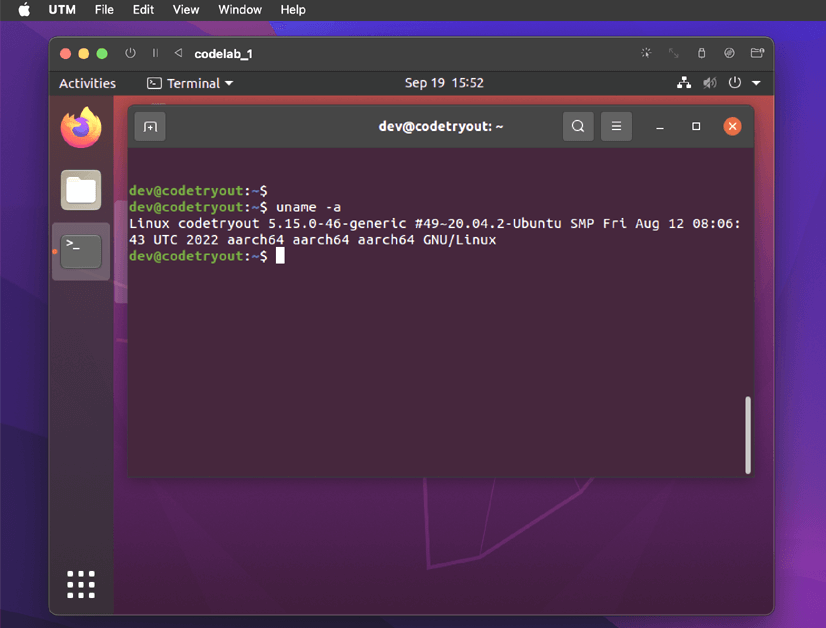
This means that Vagrant can control the provisioning of Docker containers just like it controls VirtualBox for provisioning virtual machines. I also remembered that Vagrant supports Docker as a provider. I had heard that Docker had released a tech preview of Docker Desktop for Mac that runs on Apple Silicon. I need another solution and I needed it fast.

As it turns out, 8 of my students showed up for the 2021 spring semester with Apple M1 Macs which meant that all of my labs based on VirtualBox were not going to work for them. I had selected VirtualBox because it was free and supports Mac, Linux, and Windows, but it only runs on Intel computers (x86_64 architecture) and Apple Silicon is ARM base (aarch64 architecture).

That worked really well until Apple released their new 2020 Macs with Apple M1 Silicon chips based on the ARM architecture. In my article Creating Repeatable Development Environments, I showed how I use Vagrant as an orchestrator and VirtualBox as a provider of virtual machines for creating consistent development environments for my students and development teams.


 0 kommentar(er)
0 kommentar(er)
